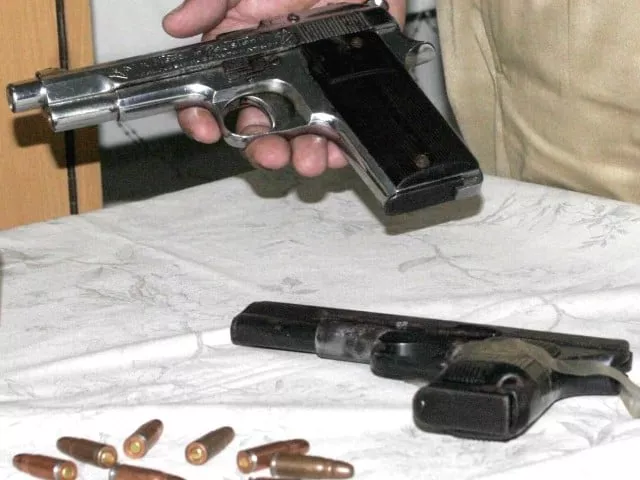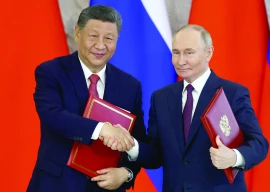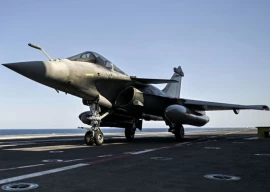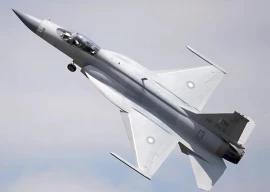
Eastern Europe’s arms industry is churning out rifles, artillery shells and other military supplies at a rate not seen since the Cold War, as governments in the region lead efforts to help Ukraine in its fight against Russia.
The Allies had been supplying weapons and military equipment to Kyiv since Russia invaded its neighbor on February 24, exhausting their own stocks along the way.
The Kiel Institute for Tracking the Global Economy showed that the United States and Britain committed the most direct military aid to Ukraine between January 24 and October 3, with Poland in third place and the Czech Republic in ninth.
Some former Warsaw Pact countries are still wary of Russia, their master in Soviet times, and see helping Ukraine as a matter of regional security.
But about a dozen government officials, companies and analysts who spoke to Reuters said the conflict also presented new opportunities for the region’s arms industry.
“Taking into account the realities of the ongoing war in Ukraine and the visible position of many countries with the aim of increasing spending in the field of defense budgets, there is a real opportunity to enter new markets and increase export earnings in the coming years,” he said. Sebastian Chwalek, CEO of PGZ Poland.
Also read: Iran crackdown in spotlight at UN rights council
State-owned PGZ controls more than 50 companies that make weapons and ammunition – from armored personnel carriers to unmanned aerial systems – and owns stakes in dozens more.
Chwalek told Reuters it now plans to invest up to eight billion zlotys ($1.8 billion) over the next decade, more than double its pre-war target. He said this includes new facilities located further from the border with Russia’s ally Belarus for security reasons.
Other manufacturers are also ramping up production capacity and racing to hire workers, companies and government officials from Poland, Slovakia and the Czech Republic.
Immediately after the Russian attack, some Eastern European armies and manufacturers began emptying their warehouses of the Soviet-era weapons and ammunition with which Ukrainians were familiar, as Kyiv was waiting for standard NATO equipment from the West.
As these stockpiles dwindled, gunsmiths ramped up production of both vintage and modern equipment to keep supplies flowing. The influx of arms helped Ukraine push back Russian forces and retake vast swathes of territory.
Schwalek said PGZ will now produce 1,000 Piorun MANPADS in 2023 — not all of it for Ukraine — compared with 600 in 2022 and 300 to 350 in previous years.
The company, which he said has also delivered artillery systems, mortars, howitzers, body armor, small arms and ammunition to Ukraine, is likely to exceed its 2022 pre-war revenue target of 6.74 billion zlotys.
Also read: Indonesia struggles to get aid to quake survivors, rescue continues
The companies and officials who spoke to Reuters declined to give specific details about military supplies to Ukraine, and some did not want to be identified, citing security and trade sensitivities.
The history of the gun industry in Eastern Europe dates back to the 19th century, when a Czech Emil Skoda began manufacturing weapons for the Austro-Hungarian Empire.
Under communism, massive factories in Czechoslovakia, the second largest arms producer in the Warsaw Pact, Poland and elsewhere in the region, kept people employed, turning them into weapons for the Cold War conflicts that Moscow stoked around the world.
“The Czech Republic has been one of the major powers of arms exporters, and we have the personnel, material base and production lines needed to increase capacity,” its ambassador to NATO, Jakub Landowski, told Reuters.
“This is a great opportunity for the Czechs to increase what we need after giving the Ukrainians old Soviet-era stocks. This can show other countries that we can be a reliable partner in the arms industry.”
Simon Weissmann, a researcher at the Stockholm International Peace Research Institute, said the collapse of the Soviet Union in 1991 and NATO’s expansion in the region prompted companies to modernize, but “they could still produce things like ammunition that fit Soviet systems.”
Officials and companies said the deliveries to Ukraine included artillery rounds of “eastern” calibers such as 152mm howitzers and 122mm rockets that were not produced by Western firms.
They said Ukraine obtained weapons and equipment through donations from governments and direct commercial contracts between Kyiv and manufacturers.
“Eastern European countries are very supportive of Ukraine,” said Christoph Trebisch, a professor at the Kiel Institute. “At the same time, it is an opportunity for them to build up the military production industry.”
Czech Deputy Defense Minister Tomas Kopecny told Reuters that Ukraine had received nearly 50 billion crowns ($2.1 billion) in weapons and equipment from Czech companies, about 95% of which were commercial shipments. He said that Czech arms exports this year will be the highest since 1989, as many companies in the sector add jobs and capabilities.
“For the Czech defense industry, the conflict in Ukraine, and the aid it provides is clearly a boost that we haven’t seen in the last 30 years,” Kopecny said.
Also read: European Parliament website hit by cyberattack after Russia 'terrorism' vote
David Hack, CEO of Czech STV Group, explained to Reuters plans to add new production lines for small-caliber ammunition and said it is considering expanding its large-caliber capacity. In a tight job market, he said, the company is trying to steal workers from the slowing auto industry.
Defense sales helped the Czechoslovak group, which owns companies such as Excalibur Army, Tatra Trucks and Tatra Defense, nearly double first-half revenue from the previous year, to 13.8 billion crowns.
The company is increasing production of 155mm NATO and 152mm East caliber rounds and refurbishing infantry fighting vehicles and Soviet-era T-72 tanks, Andrei Sirtyk, a spokesman for the company, told Reuters.
Supplying Ukraine, he said, was more than a good deed.
“After the start of the Russian aggression, our deliveries to the Ukrainian army doubled,” Sirtyk said.
“The majority of the Czech population still remembers the times of the Russian occupation of our country before 1990 and we don’t want Russian troops to be any closer to our borders.”


















COMMENTS
Comments are moderated and generally will be posted if they are on-topic and not abusive.
For more information, please see our Comments FAQ